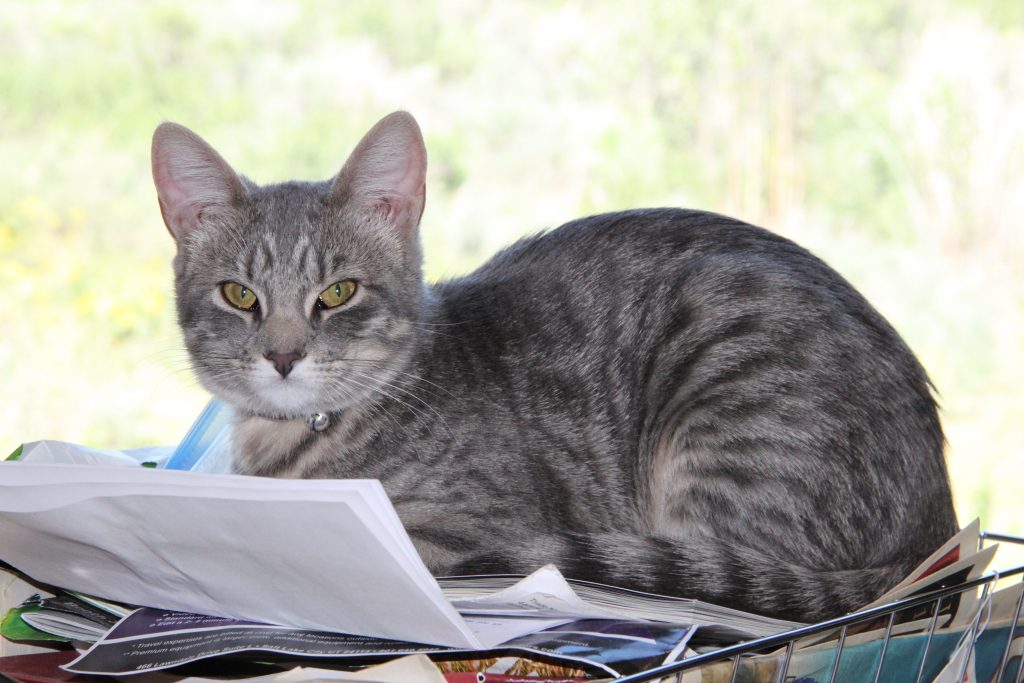Six Tips For Pet Safety During Storm Season

With fall looming, the ill-tempered weather gods will have a field day. It seems like the entire western US catches fire then faces massive mudslides while the east gets swallowed up in tornadoes and hurricanes. No one is immune from the devastation of a natural disaster but you know who usually get ignored? Our pets- members of our family. Pet safety in the wake of natural disasters is a real thing.
Here are six suggestions from TurfMutt to keep in mind for your pet safety plan.
• Have your pet microchipped or at least tagged with your phone number. In the event of an emergency—natural or otherwise—you want to ensure your pet can get back to you if you’re separated. Be aware that collars and ID tags, though important, can break or detach. Microchips—computerized and scannable implants about the size of a grain of rice—are more fool-proof since they’re inserted under your pet’s skin. Personally, I avoid the chip because I’d rather a person who finds my dog call me and not send him off to the animal shelter but if you think your pooch is a flight risk, go for the chip.
• Bring your pets inside at the first sign of danger. Disasters can be disorienting for pets, and they could run away or hurt themselves reacting to loud noises and strange changes to their landscape. Also, rain, flying debris and high winds pose a danger. My dog and cat have a doggy door they use. If I know it’s getting sketchy outside I lock it down so they can’t go out.
• If you have to leave, keep your pet with you. Leaving your pets behind during a natural disaster is never a good idea because they could escape or become exposed to a number of life-threatening hazards. Keep them on a leash or in a pet carrier so they don’t escape even in a “familiar” neighborhood.
• Determine where you’ll go. Coordinate, in advance, to stay with friends or family members, or find a pet- friendly hotel outside the disaster area. Have those conversations and do your research well ahead of time so you have a plan in place when needed.
• Create a pet-friendly resource list. Not all emergency shelters will accept pets, so you need a Plan B. Develop a list of the pet-friendly hotels outside your immediate area. Research a list of veterinarians in the area should your pet need medical care (your regular vet may have some recommendations). Also, figure out which boarding facilities are nearby in case you need to separate from your pet for a time.
• Pack an emergency bag. Just like you do for your family, you’ll want emergency provisions packed for your pet well in advance of a catastrophe so you can evacuate your home in a flash. Choose an easy-to-carry bag, label it and keep it where everyone in the family can find it quickly. The bag should include a pet first aid kit; enough food and bottled water for a week (rotate this every couple of months to keep it from going bad); medications of they need it; food and water dishes; poop bags (or litter for cats); an extra collar and leash; photocopies of medical records; towels; recent photos of your pets; and a favorite toy or chewy. It’s also a good idea to have a sturdy carrier or crate for each pet.
By having all this in place, you can immediately put your pet safety plan into action when you know a storm is coming instead of spending valuable time trying to determine what needs to be done to best protect your pet.



